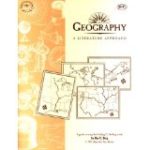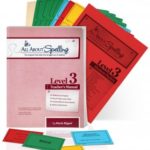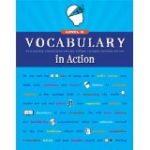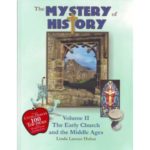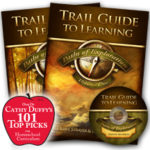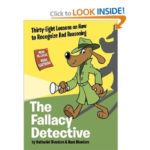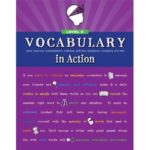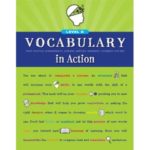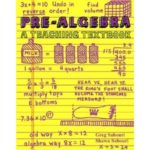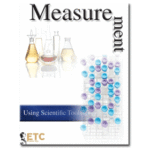As a Messianic family that loves Israel and the Jewish people, this subject is near and dear to my heart. I’m grappling with how to teach children about the Holocaust. My boys are 14, 12, and 10, so shielding them from the atrocities is not really necessary, but obviously, we will approach the subject from an age-appropriate point of view. But from what perspective do you teach it? There are so many facets that need to be covered and discussed, it is hard to determine the place to dive in. How do you make this subject manageable?
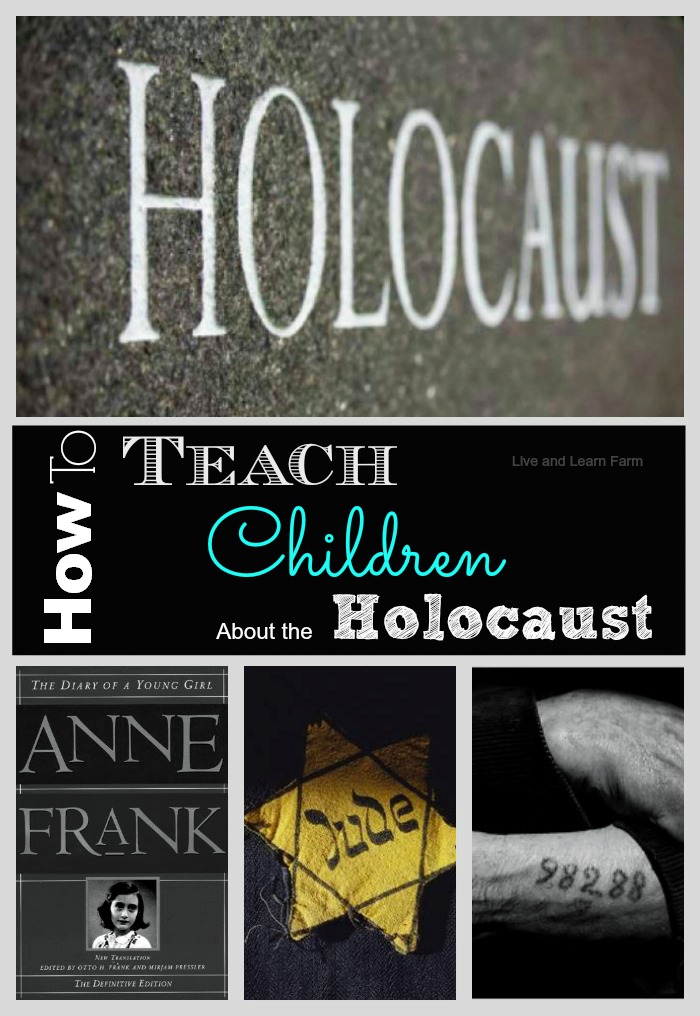
I have been teaching the boys about the Holocaust for many years, but this year we are trying something new. This year we are joining our friends over at the Homeschool Roster for a field trip to see a play at Playhouse on the Square, Wendy Kesselman’s adaptation of The Diary of Anne Frank. We are going to examine how the Holocaust impacted one family, and really, just one girl. A girl about the same age as my boys. A girl who also attended a Montessori school. A girl who loved the same God, the God of Abraham, Isaac and Jacob.
In preparation for us seeing the play, we have started reading the Diary of A Young Girl by Anne Frank. As always, we purchased a Kindle version so I can share it on all of their Kindles and they can read along. However, I am reading it aloud to the entire family. (Yes, we still read to the boys!) In order to really understand the Holocaust, our children have to see and feel Antisemitism. I think that is a hard concept to teach when it is impersonal. Teaching it from one person’s perspective makes it more “real” or identifiable. It makes it personal. You certainly don’t have to use Anne Frank as your person you follow, there are several biographies out there to choose from. I have provided some of the well known biographies below that have great reviews.
Click here to see the books:
When teaching such a difficult subject, it helps to define your objectives clearly. For a Middle and High School homeschool, your list of objectives might look something like this:
 1. Acquaint your children with basic beliefs and customs of Judaism and the roots of Christianity. This might be accomplished by visiting a Rabbi or synagogue to discuss some of the basic rituals and beliefs of Judaism. You can also purchase a children’s book on Judaism such as Celebrate, a book of Jewish Holidays or Judaism, a DK Eyewitness Book
1. Acquaint your children with basic beliefs and customs of Judaism and the roots of Christianity. This might be accomplished by visiting a Rabbi or synagogue to discuss some of the basic rituals and beliefs of Judaism. You can also purchase a children’s book on Judaism such as Celebrate, a book of Jewish Holidays or Judaism, a DK Eyewitness Book
2. Acquaint your children with what antisemitism is. I highly recommend you create timelines depicting the major events of antisemitism.  Because this started long before Hitler. I can guarantee that you will learn something yourself with researching this topic. I did and still do every single time I study this topic. I am horrified at what these people have been through.
Because this started long before Hitler. I can guarantee that you will learn something yourself with researching this topic. I did and still do every single time I study this topic. I am horrified at what these people have been through.
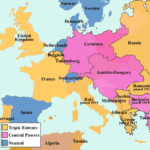 3. Define: democracy, fascism, communism, and socialism. Have your children list countries where each of these ideologies existed during the Holocaust. As a great extension for older children, have them list countries where these ideologies exist today. A basic google search will provide the answers for this. You might consider creating 3×5 cards for the various characteristics for each ideology. And create Venn diagrams on where they ideologies overlap. Mapping the countries involved in World War II (maps for the area and time and study guides to go with the maps) and defining their ideologies as we map them. Examine the efforts of Roosevelt and Churchill in Europe during World War II.
3. Define: democracy, fascism, communism, and socialism. Have your children list countries where each of these ideologies existed during the Holocaust. As a great extension for older children, have them list countries where these ideologies exist today. A basic google search will provide the answers for this. You might consider creating 3×5 cards for the various characteristics for each ideology. And create Venn diagrams on where they ideologies overlap. Mapping the countries involved in World War II (maps for the area and time and study guides to go with the maps) and defining their ideologies as we map them. Examine the efforts of Roosevelt and Churchill in Europe during World War II.
4. Your children should have a basic understanding of what the end of World War I was and the Versailles Treaty. Be sure they understand 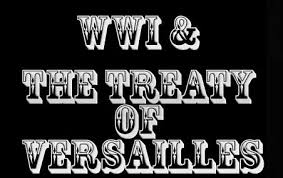 the economic, social, and political conditions in Germany from the end of WWI through 1933. Again, a basic google search will provide these answers. Here is a comparison chart for WWI and WWII
the economic, social, and political conditions in Germany from the end of WWI through 1933. Again, a basic google search will provide these answers. Here is a comparison chart for WWI and WWII
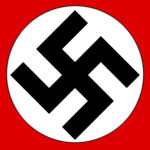 5. Discuss Hitler’s rise to power. Do the same for Nazi power and the basic ideas of Nazi philosophy and their Nazi control over the German people. Books to consider on this topic: Adolf Hitler: Wicked History, The Life and Death of Hitler, Adolf Hitler: Evil Mastermind of the Holocaust. The Nazis, Why did the Rise of the Nazis Happen?
5. Discuss Hitler’s rise to power. Do the same for Nazi power and the basic ideas of Nazi philosophy and their Nazi control over the German people. Books to consider on this topic: Adolf Hitler: Wicked History, The Life and Death of Hitler, Adolf Hitler: Evil Mastermind of the Holocaust. The Nazis, Why did the Rise of the Nazis Happen?
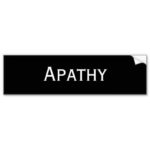 6. Recognize and discuss the effects of apathy and indifference. Discuss why Germans may have done nothing when confronted with behavior they knew was wrong. How is not acting making a choice?
6. Recognize and discuss the effects of apathy and indifference. Discuss why Germans may have done nothing when confronted with behavior they knew was wrong. How is not acting making a choice?
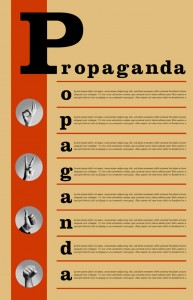 7. Discuss examples of how propaganda was used. Discuss if propaganda is used in the United States. Examples include television advertisers, government, foreign government, political parties, etc. How do you determine if it is propaganda? How do you refute it? What is rumor? How does it start? Why is it believed? Why does this belief often persist? There are some great logic books that will teach how to identify fallacies. Fallacy Detectives and The Art of Argument
7. Discuss examples of how propaganda was used. Discuss if propaganda is used in the United States. Examples include television advertisers, government, foreign government, political parties, etc. How do you determine if it is propaganda? How do you refute it? What is rumor? How does it start? Why is it believed? Why does this belief often persist? There are some great logic books that will teach how to identify fallacies. Fallacy Detectives and The Art of Argument
8. Finally, be sure to look for the heroes. We always end such a horrific topic with something uplifting and encouraging. Varian Fry, Raoul Wallenberg, Oskar Schindler, Rescue: The Story of how Gentiles Saved Jews in the Holocaust, Rescuing the Children: The Kindertransport, Luba and hundreds more.

Some extensions we will be doing that go along with the Anne Frank Diary
We are using the Journal of Anne Frank as our immersion into the Holocaust. So, below is how we will accomplish the objectives listed above using Anne Frank as our eyes and ears.
We are Messianic, so we keep the Biblical feasts and many of the rituals the Jewish people did already. I think that helps us more fully grasp what the Jewish people experienced because we do some of the very things Anne Frank discusses in her diary.
As part of our History studies, we have become attuned at looking at the antisemitism aspect of the period throughout history. We will be looking at the antisemitism this time from Anne Frank’s eyes and journal. We will document what she saw and experienced.
Create a Timeline of Anne Frank’s Life on a poster board, under it create a timeline for The War and major political events, Inventions and discoveries happening at the same time, People, arts, theater, music, film, and sports items that were happening, our family history during that time.
Mapping Anne Frank family’s moves.
I hope this has been helpful for you to consider ways to teach this subject to your children. These suggestions really apply to upper elementary, middle and high school students. I would not necessarily do all of these suggestions, unless you are doing this as a complete unit study and have 4 – 6 weeks dedicated to the topic.
Until next time….



